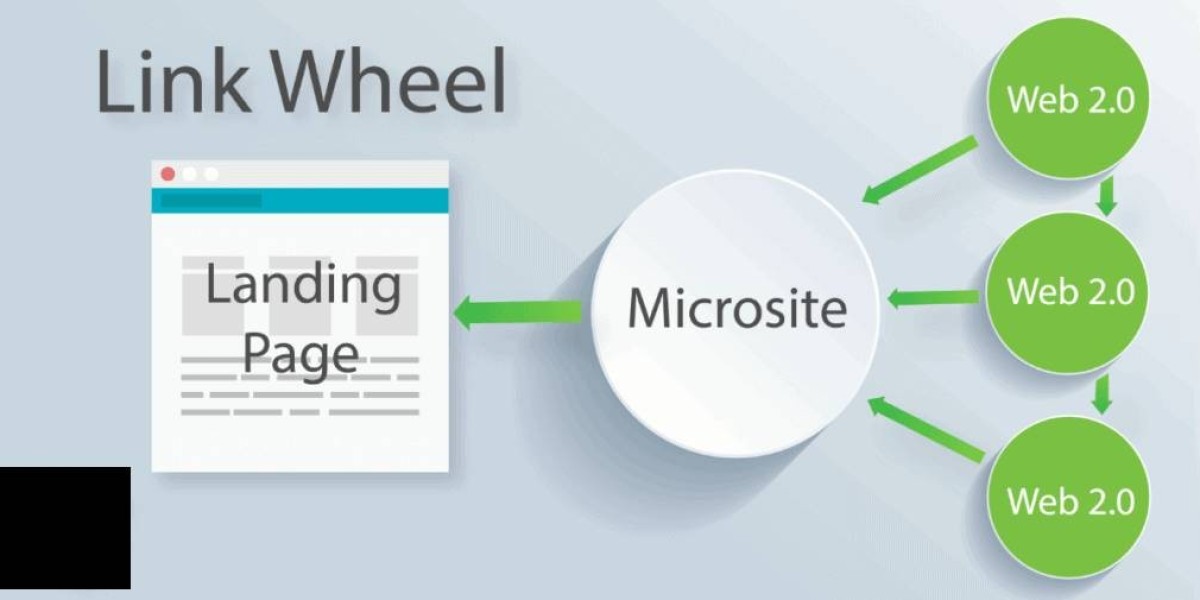In the world of construction and project management, delays are inevitable, but how those delays are managed can significantly impact a project’s timeline, cost, and overall success. One crucial aspect of managing delays is through Extension of Time (EOT) claims. Effective handling of EOT claims can make the difference between successful, on-time project completion and costly disputes or project failures.
Understanding Extension of Time (EOT) Claims
An Extension of Time (EOT) claim is a formal request made by a contractor to extend the project’s completion date due to unforeseen delays that are beyond their control. These delays can arise from various factors, including weather conditions, supply chain disruptions, changes in project scope, and even actions by the employer or other parties involved in the project. Contractors often face the challenge of navigating EOT claims due to complex contractual obligations and the potential for disputes with project owners or stakeholders.
The critical aspect of an EOT claim is its documentation and justification. A valid EOT claim is a request that must be substantiated with clear evidence and supported by proper contractual provisions. It is not enough to simply claim that a project was delayed; contractors must show the cause of the delay and its impact on the project timeline. Failing to adequately prove the claim can result in rejected extensions, penalties, and even legal disputes.
Key Steps in Managing EOT Claims
Managing an EOT claim effectively involves several key steps:
Notification: Most contracts require the contractor to notify the project owner or client within a certain period after a delay occurs. Failure to provide timely notice can result in the denial of an EOT claim. It's important to document all delays as soon as they occur.
Documenting the Delay: Contractors need to maintain thorough records of all project activities, including correspondence, weather conditions, changes to the scope of work, and any other events that may have contributed to the delay. This documentation serves as the foundation for the EOT claim.
Calculating the Impact on the Project: The contractor needs to determine how the delay has impacted the overall project schedule. This requires understanding the critical path of the project and calculating how the delay affects the project’s completion date.
Submitting the Claim: The EOT claim should include a detailed explanation of the delay’s cause, supported by evidence such as project logs, correspondence, photographs, and expert testimony (if applicable). The claim should also outline the new proposed completion date based on the delay.
Negotiation and Dispute Resolution: Once the claim is submitted, it’s essential to enter negotiations with the client or other stakeholders. If there is a dispute regarding the EOT claim, dispute resolution mechanisms such as mediation, arbitration, or litigation may be required to resolve the issue.
Given the complexity and potential for disputes, it’s crucial for professionals involved in construction projects to receive proper training in managing EOT claims. This is where AegisPMC’s Construction Claims Training comes into play.
Construction Claims Training with AegisPMC
AegisPMC offers specialized training programs aimed at providing professionals with the necessary skills and knowledge to handle EOT claims and other types of construction-related claims effectively. The training covers all aspects of claims management, including delay analysis, risk management, and dispute resolution.
1. Comprehensive Coverage of Claims Management: AegisPMC’s Construction Claims Training provides a deep dive into the intricacies of managing various types of construction claims. This includes EOT claims, claims for additional costs, and disputes arising from changes in scope or delays caused by unforeseen circumstances.
2. Legal and Contractual Insights: The training provides a comprehensive understanding of construction contracts and legal frameworks. Participants gain a clear understanding of the clauses and provisions related to EOT claims and other delays, helping them navigate the complexities of contractual obligations.
3. Practical Tools for Documentation and Analysis: One of the key elements of handling EOT claims effectively is the ability to document and analyze delays. AegisPMC’s training equips professionals with tools and strategies for maintaining comprehensive records, analyzing delay impacts, and preparing solid claims documentation that can withstand scrutiny.
4. Negotiation and Dispute Resolution Skills: Managing EOT claims often involves negotiation and dispute resolution. AegisPMC’s training covers these aspects in detail, teaching professionals how to effectively negotiate with clients and stakeholders, and providing strategies for resolving disputes in a cost-effective manner.
5. Real-World Case Studies and Simulations: AegisPMC uses real-world case studies and simulations to demonstrate how EOT claims are managed in practice. This hands-on approach helps participants apply the theoretical knowledge learned during the training to actual construction scenarios, making them better prepared to manage claims effectively in their own projects.
Why EOT Claims Training is Essential
Effective management of EOT claims is essential for maintaining the financial health and reputation of construction projects. Poorly handled claims can lead to delays in project completion, costly legal battles, and strained relationships between contractors and clients. Proper training ensures that project managers and contractors are equipped to handle claims efficiently, avoiding unnecessary disputes and protecting the project’s timeline.
Furthermore, well-trained professionals can use their knowledge to foresee potential delays and address issues proactively before they escalate into formal claims. The ability to anticipate delays, manage risks, and resolve disputes effectively ensures smoother project execution and successful outcomes.
Conclusion
In construction, delays are often unavoidable, but how they are managed can make or break a project. Extension of Time (EOT) claims are a critical part of this management process, requiring clear documentation, careful analysis, and effective communication between contractors and clients. AegisPMC’s Construction Claims Training provides the necessary tools and knowledge to manage these claims successfully, ensuring that professionals are prepared for any challenges that may arise.
By mastering EOT claims and gaining expertise in construction claims management, professionals can ensure that their projects stay on track, minimize the risk of disputes, and deliver successful outcomes.








